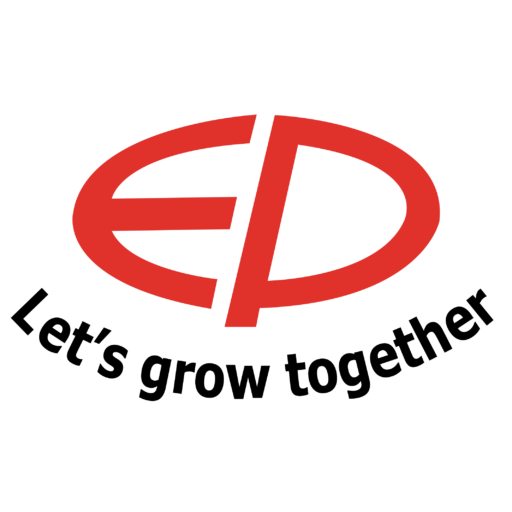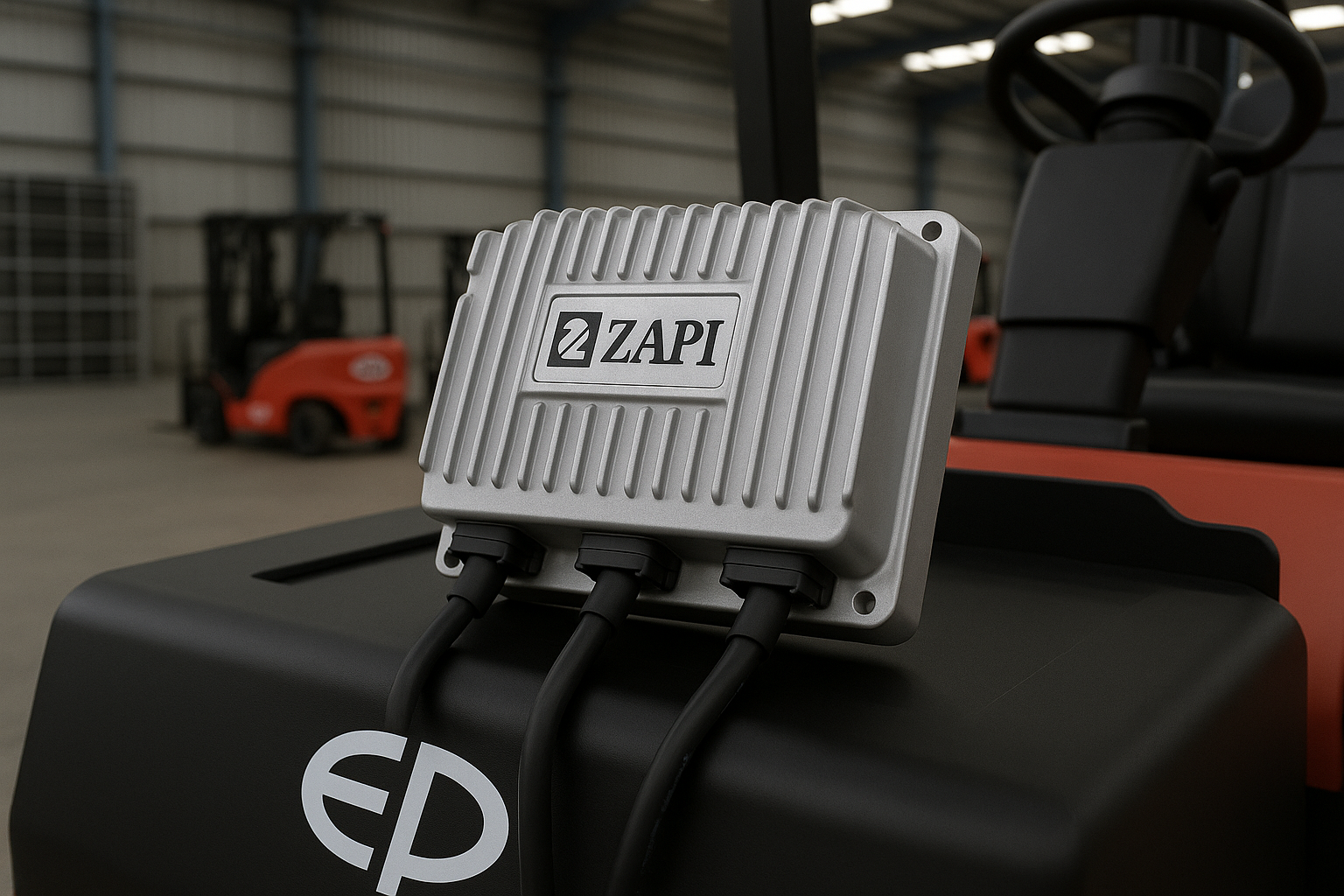FUNTIONS OF THE CONTROLLER ON ELECTRIC FORKLIFTS
The controller on an electric forklift (commonly referred to as the electronic controller) is the central processor that manages and coordinates the entire electrical system of the forklift. Its main functions include:
1. Motor Control
-
-
Adjusts speed, torque, and motor direction.
-
Optimizes performance during travel or lifting/lowering loads.
-
2. Battery Power Management
-
-
Controls current and voltage supplied to the motor.
-
Protects the system from overload, overheating, or abnormal voltage levels.
-
3. Integration with Other Functions
-
-
Coordinates hydraulic system operations (lifting/lowering forks).
-
Manages brakes, lights, horn, sensors, etc.
-
Can integrate with display screens for error codes, battery status, operating hours…
-
4. Protection and Safety
-
-
Automatically shuts down in case of faults (short circuit, ground fault, etc.).
-
Includes lithium battery protection and safety sensor support.
-
5. Diagnostics and Maintenance
-
-
Records error codes to assist technicians in troubleshooting and repairs.
-
Some models can connect to software for programming and parameter adjustments.
-
📌 Example:
Controllers like CURTIS or ZAPI are commonly found in electric forklifts from EP, Toyota, Heli…
A forklift cannot operate if the controller fails, even if the battery is fully charged.



